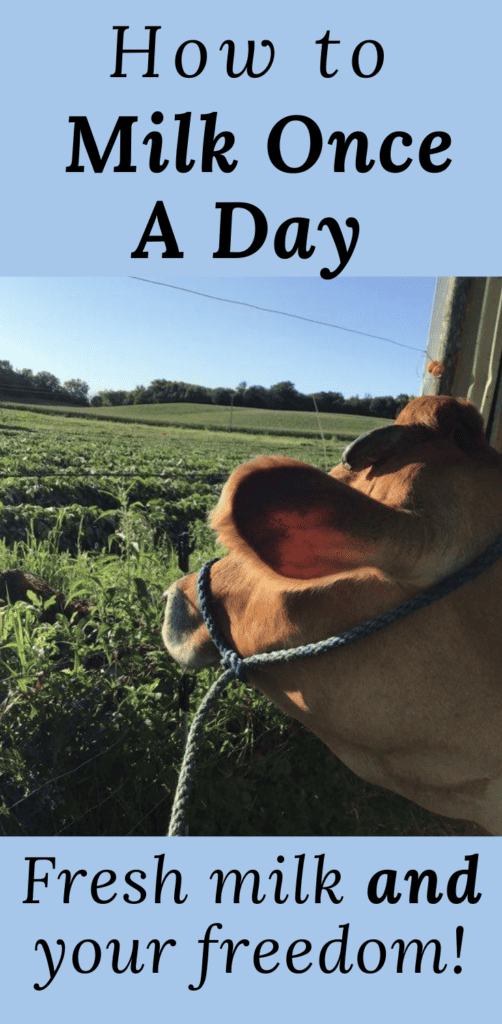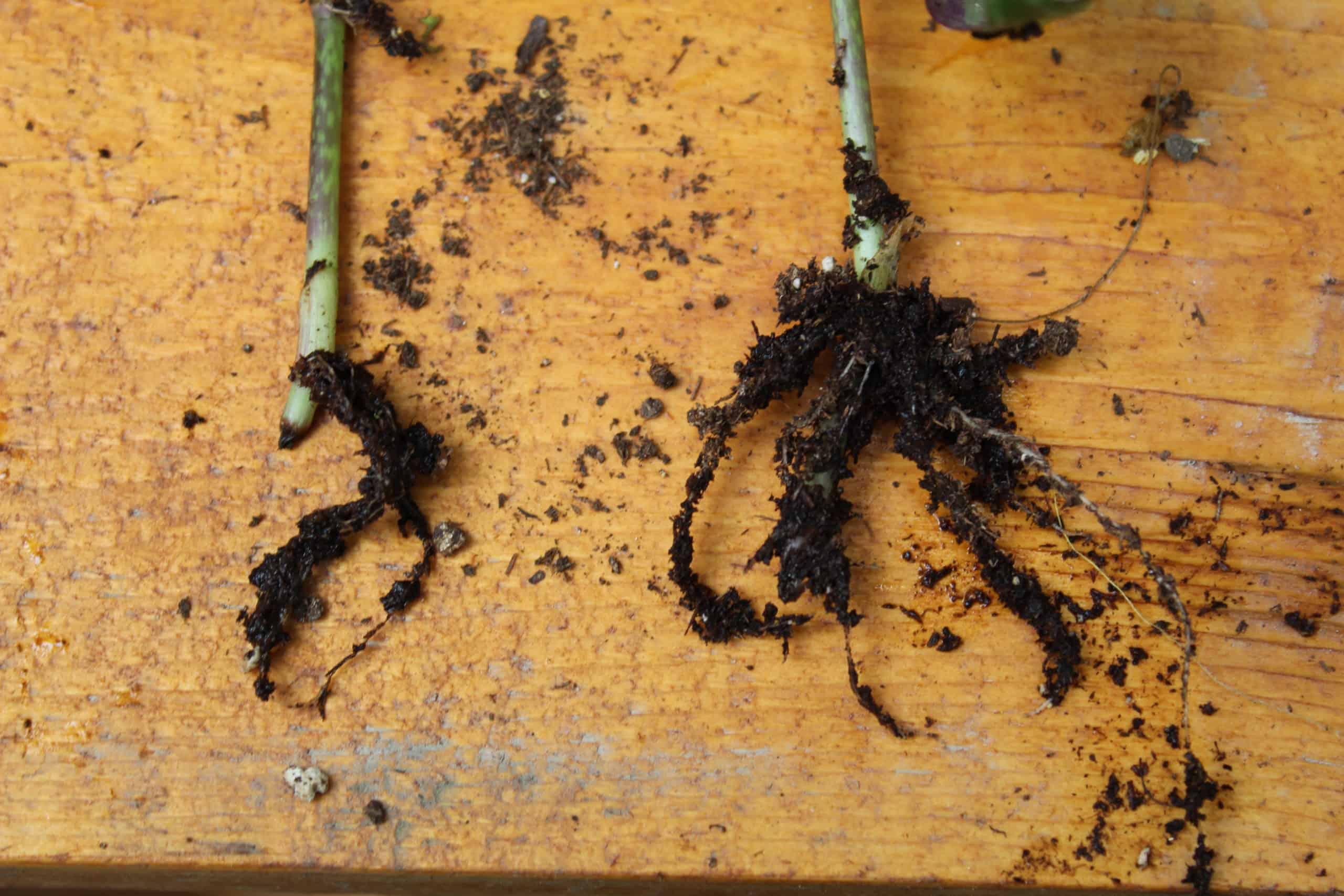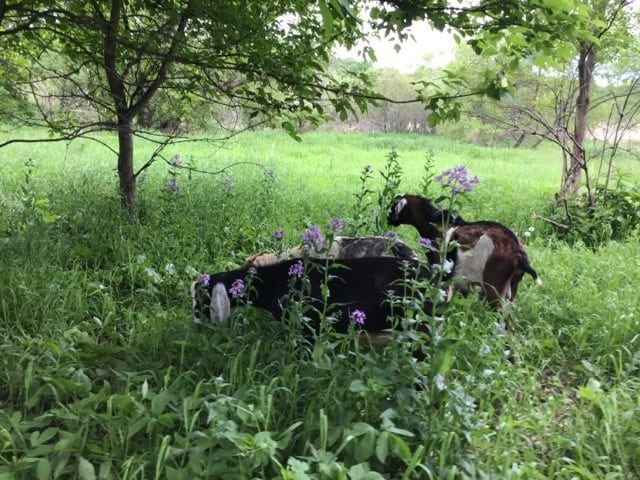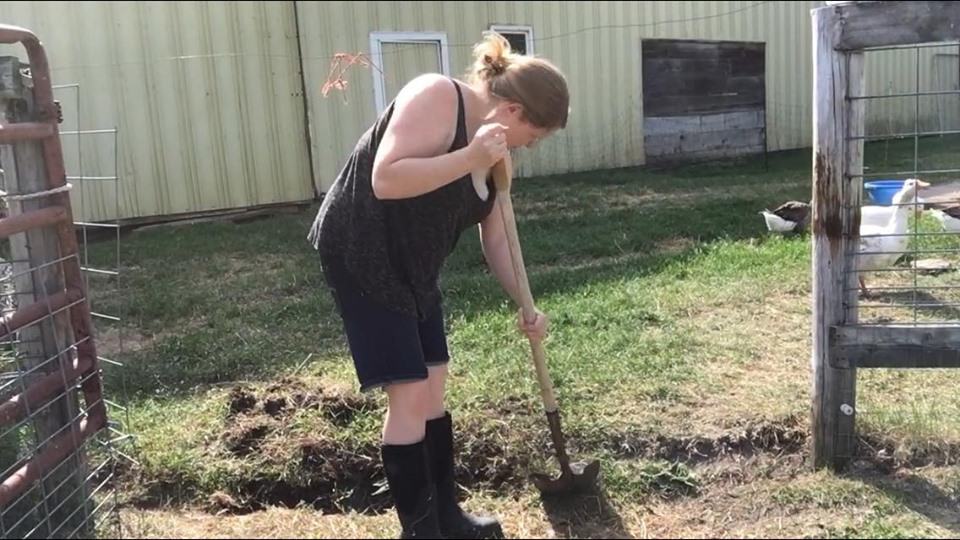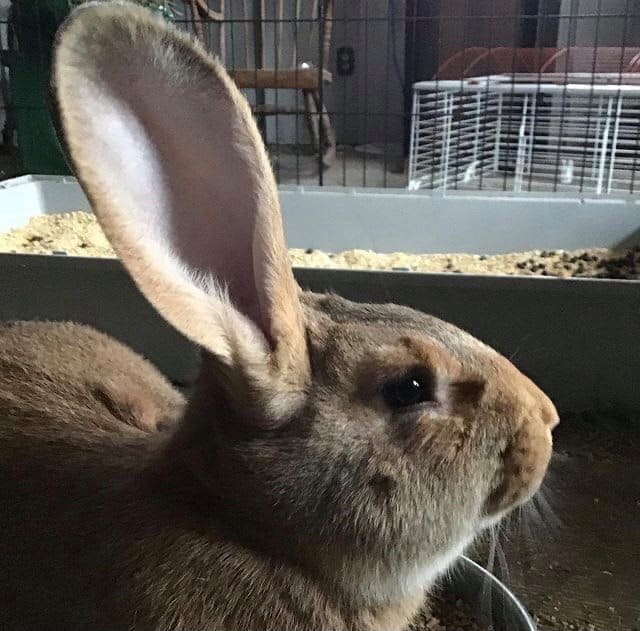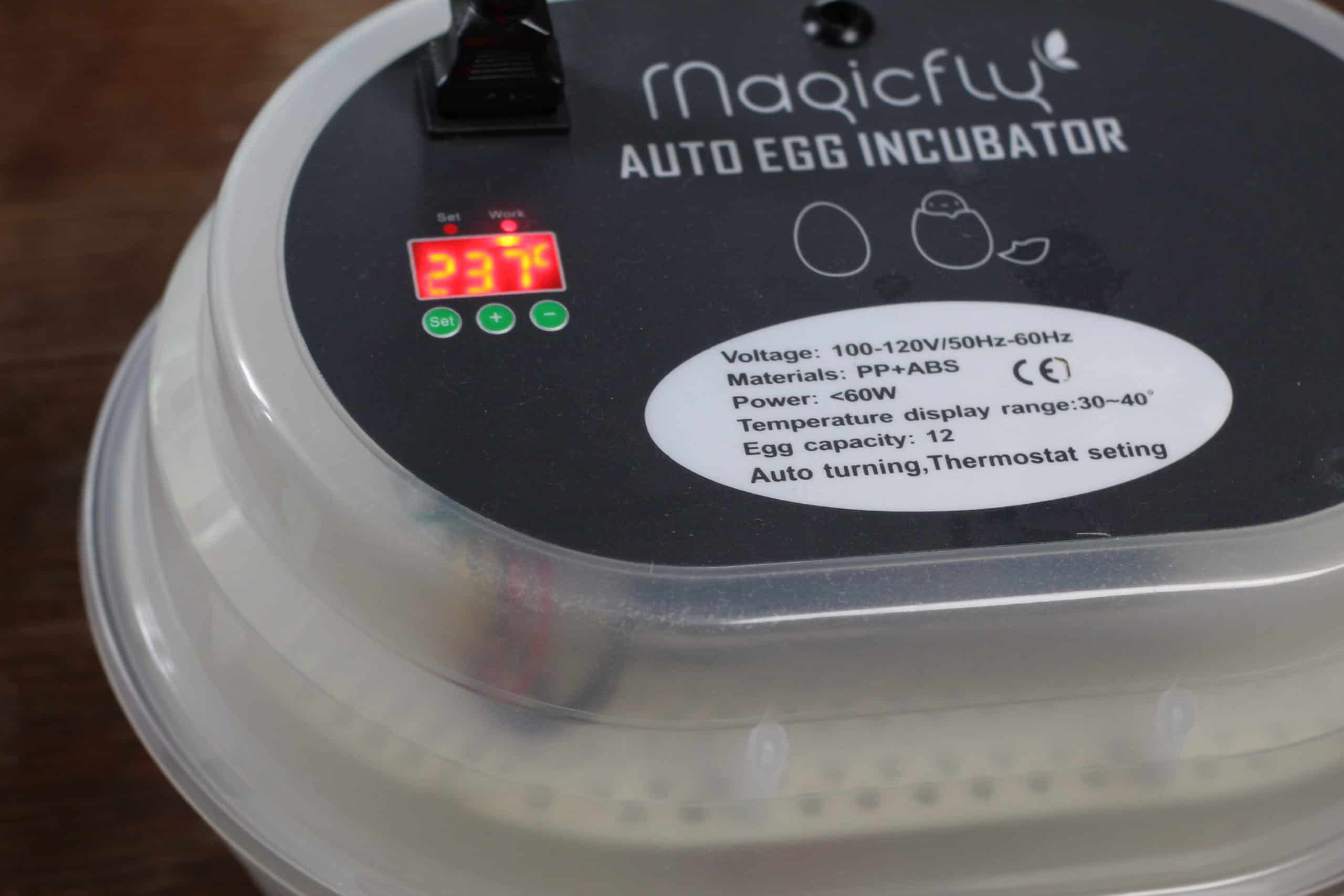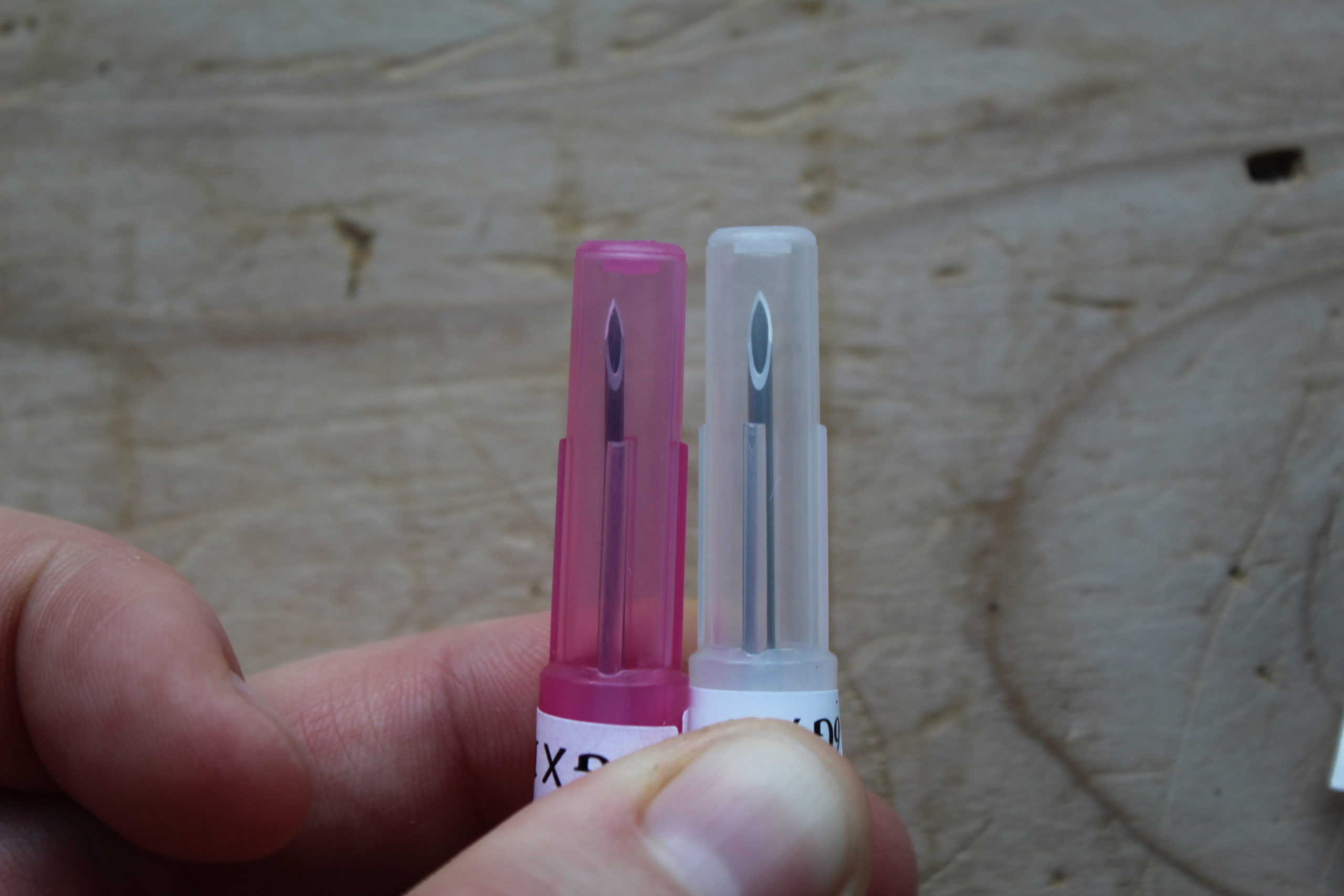Why and How to Milk a Cow Once A Day
Considering adding a dairy animal to your family? You can incorporate a milking animal into your homestead without sacrificing your freedom. Here’s why and how to milk a cow once a day.
One of the first things people will tell you if you even HINT that you are interested in having a dairy animal is, “Oh you don’t want that. You’ll be tied down. Can’t go anywhere, milking every day twice a day forever!”
Now that may be true in some instances. Serious dairy farmers do live that kind of lifestyle and I have a lot of respect for them. It takes a huge amount of dedication and the right type of personality to stick to that kind of schedule.
For us, once a day milking provides plenty of milk for our needs and then some. It also gives us the freedom we millenial farmers find we need for a balanced life.
How to Milk A Cow Once a Day
The real secret here is simple. When your cow has her calf, keep the calf with her mom. Then for twelve hours a day, separate them. Milk the cow, then send the baby back in with her. Let’s look at some of the details.
Early Days
Cow has a calf. Yay! We will milk out the cow and stash that great first milk (colostrum) in the freezer in case we need it.
For the first few weeks of the calf’s life, we won’t separate them at all. Mama cow is making a TON of milk so there is plenty for everyone. I also will usually milk morning and evening and least the first week, or until her supply levels off a little.
If you plan to milk just in the mornings, but your cow has swollen udders with milk dripping out in the evenings, give the girl some relief and milk in the evenings too for a while until she isn’t quite so full.
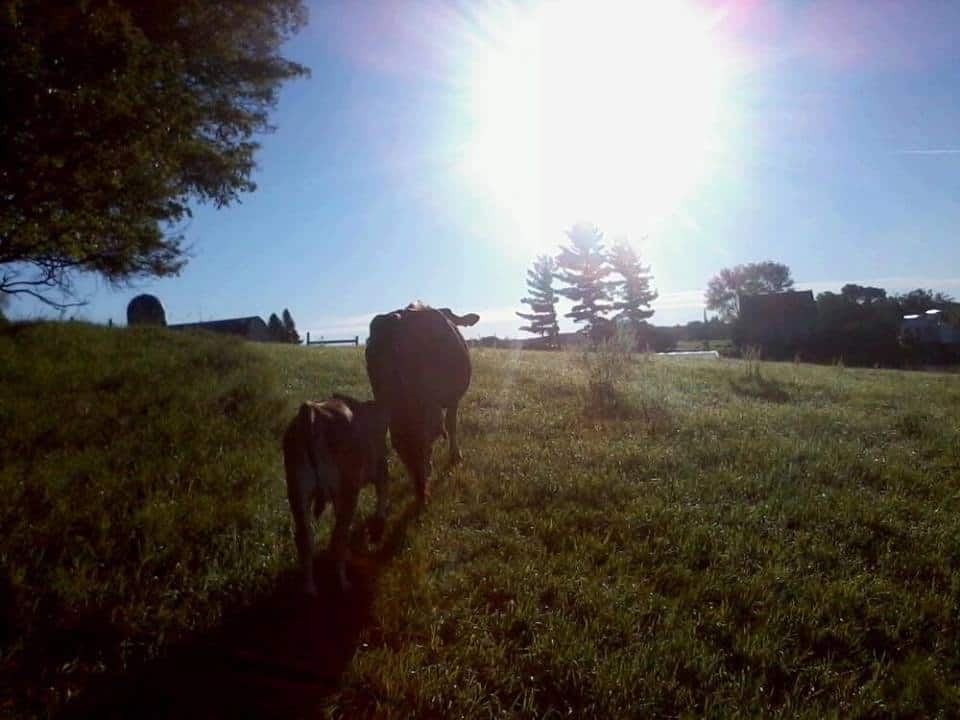
A Few Weeks In
After her milk supply seems to settle down, we will start to separate the mom and the baby. At night, around 8:30 or so, the calf will go in her own comfy pen. I always make sure the mama cow sees where I am taking the baby, and in my experience it is best that she can at least see her calf to know that it is alright.
Our farm allows us to put the calf in a small pen in the barn, and then lock the cow in a neighboring stall. Again they can see, smell, and hear each other. The first time we tried separating a cow and a calf, the mom forgot where the calf was and roared around the pasture crying for her baby. This is why we lock her in the barn with the calf close by for a few nights until she gets the hang of it. Then we leave the door open so she can go out or stay in close to her calf as she pleases.
In the morning we milk the cow, usually around 6:30-7:30 a.m. Depending on how she and the calf are temperament wise, I’ll either keep the calf in its pen, or at first I might let it trot around the milking area. Or if everyone seems to be pretty calm I’ll start haltering and training the calf to stand tied.
After milking, mom and baby go outside and spend all day together. Repeat!
Why We Choose to Milk Once A Day
There are many reasons why once daily milking is the right choice for us and our family. Let’s look at the positives.
Healthy Calves
Our calves stay with their mamas, and this makes for sturdy, healthy animals that grow stronger faster because they are on rich milk. The same way breast milk is best for human babies, a cow’s milk is what is best for her calf.
Additionally, it just seems right to let a baby stay with its mother. Even before I became a mother myself, the sight and sounds of a young calf and it’s mother being taken from each other was enough to make me feel sick.
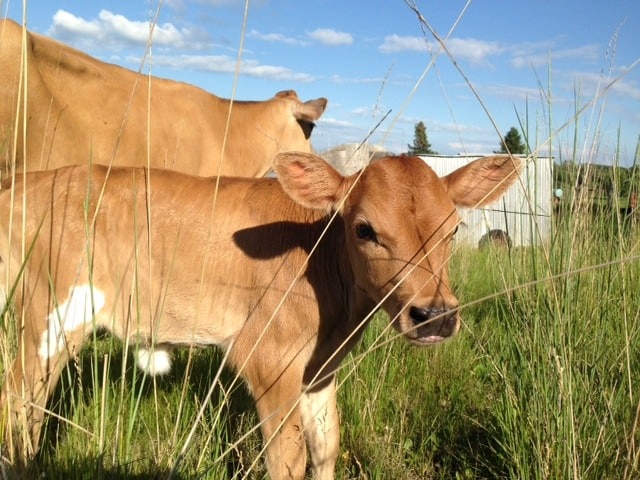
Less Commitment
You aren’t tied down to milking twice a day every day. You milk just once in the morning. Or even better yet, once a cow gets further a long in her lactation and her milk supply goes down a bit, you can even take a day off just because you want to.
Last summer after milking every day for 3-4 months, I might leave the calf with her mom in the evening, thus letting the calf milk for me in the a.m., leaving me to get some extra shuteye. Now I have my own baby so extra shuteye doesn’t happen anyway.
If you want to get away for a weekend, you can! Finding someone who can come and handle your farm chores for a weekend is complicated enough, throw milking a cow in there and it can be next to impossible to achieve. When your calf stays with the mom, all the milking is taken care of for you.
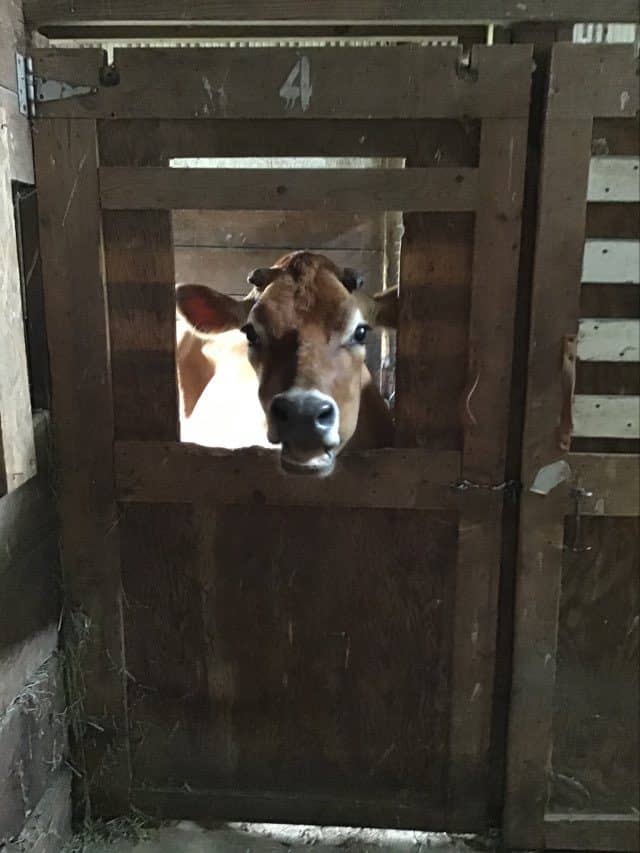
Less Milk
This could be a positive or a negative.
With our cow, during peak lactation with her calf still on, I would easily get close to two gallons a day, milking just once. If I was milking twice per day it would be double that. That would mean minimum, 40 gallons per week. Maybe you have a big family and can put away that kind of milk volume, but my tiny family of three certainly can’t. Even with butter, yogurt, and cheesemaking. It’s just not happening.
Less Chance of Mastitis
When milking a cow, it’s very important to remove as much of the milk as possible so they don’t have issues with mastitis. When you just milk once a day and you turn the cow back out with her calf, that calf will clean out any remaining milk, no problem. This decreases your need to worry about stripping the cow out completely.
Reduced Feed Costs
If you separate a cow from its mom, you now have to feed it. Maybe you are giving her other milk you have, at which point your cost is the time it takes to care for it. As the calf gets older if it stays with mom, say through a fall and winter, that calf will eat less hay than if it was weaned completely.
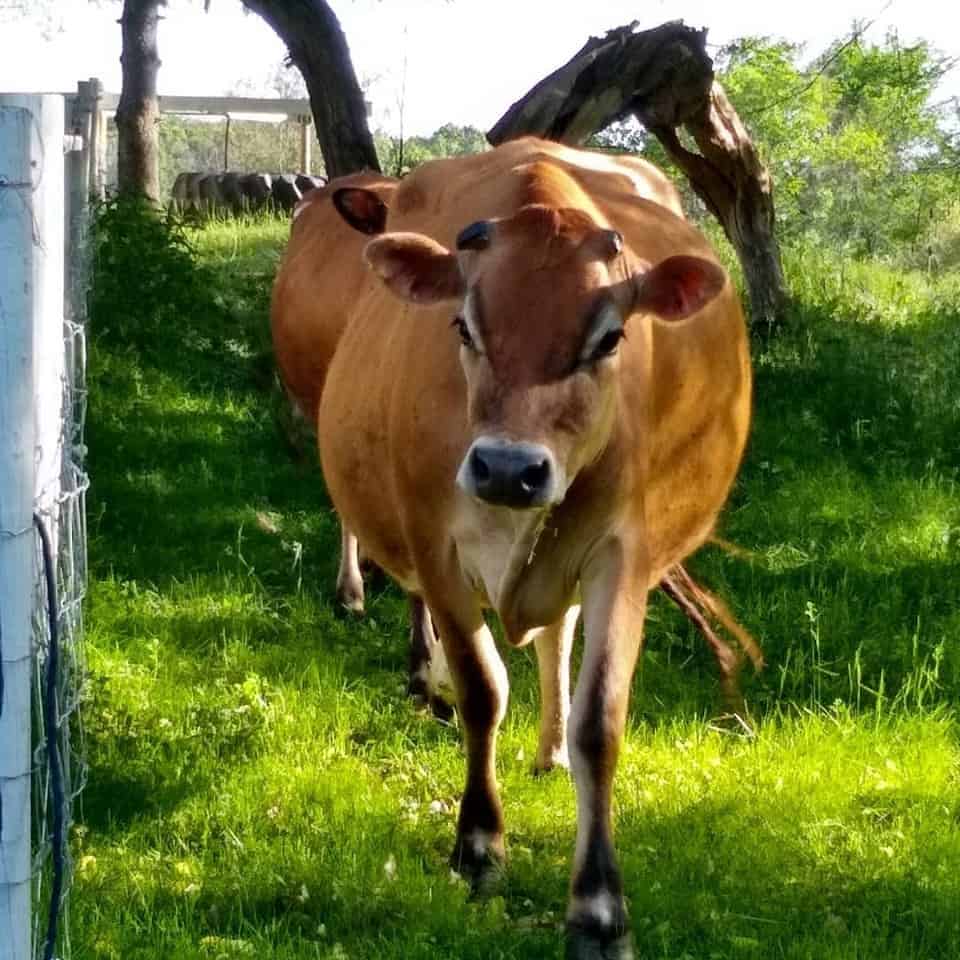
Common Questions About How to Milk a Cow Once A Day
How much milk will I get? This varies from cow to cow and from season to season. We personally would get around two gallons a day, milking just once in the morning. That is during peak lactation. It tapers off as the baby gets older.
Will my calf starve? No. Your cow isn’t stupid and she will not give you all the milk she has. As a matter of fact she won’t even give you the best milk. Somehow, our cow always saved her good creamy milk for her baby.
Are there negatives to once a day milking? You will get less milk (which again could be positive or negative). If you decide to wean the calf at some point you’ll then have to milk daily. We choose to keep our calf with the mom right up until we dry her down for her next lactation.
Do I have to separate my cow and calf for this to work? Not right at first, but I’d say eventually yes. Unless you plan to sneak out and milk your cow before the baby gets up for her breakfast.
Where’s all the cream? Depending on your cow, she might save up all that good hind milk for her baby, leaving you with delicious but somewhat depressingly lacking in cream content.
Will this work for goats? Absolutely! We do this same process with our Nubian and it works just great.
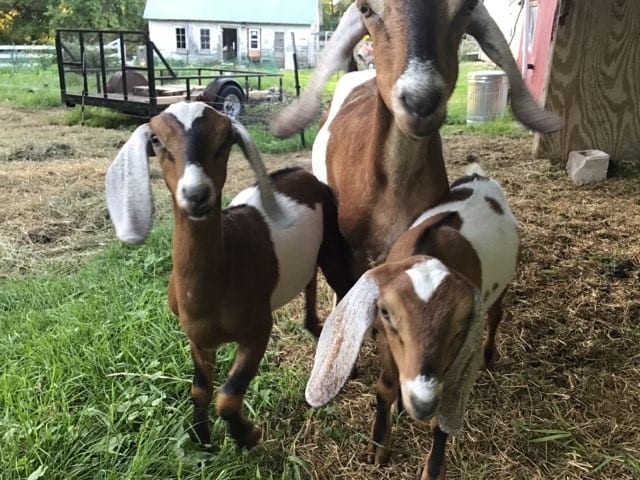
Already milking a cow or goat and need some recipes for all that milk? Check out my Raw Milk section!
Pin it for Later!
